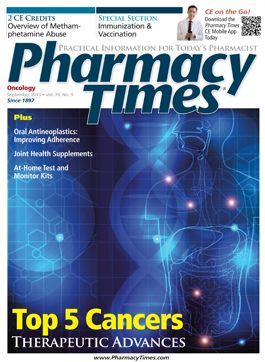Publication
Article
Pharmacy Times
Glaucoma Treatment in Nursing Home Often Combined with Other Meds
Nursing home residents with glaucoma often receive their treatment concurrently with other medications, which may compromise the efficacy and safety of the therapies, suggest the results of a study appearing in the January 2013 edition of Drugs & Aging.
Researchers received data for 8685 German nursing home residents with 88,695 prescriptions, and analyzed the information according to diagnosis and local or systemic pharmacotherapy. Participants (520) with glaucoma were identified, with 341 having prescriptions for glaucoma medications. The most frequently prescribed glaucoma therapies included ophthalmic beta-blockers, prostaglandin analogues, and carbonic anhydrase inhibitors.
All of the participants with glaucoma had coexisting medical conditions, and 337 participants received local glaucoma therapy in combination with systemic therapy for a comorbid condition. In 71.9% of patients, an ophthalmic beta-blocker was prescribed concomitantly with antihypertensive medications, and 20.2% of those cases involved a local and systemic beta-blocker. Treatment with cardiac glycosides or calcium antagonists occurred in 13% of patients receiving ophthalmic parasympathomimetics, and in 14% of patients receiving ophthalmic beta-blocker therapy, with a potential for brachycardia.
The researchers also noted the potential for glaucoma therapies to affect psychiatric or metabolic disease therapies.







